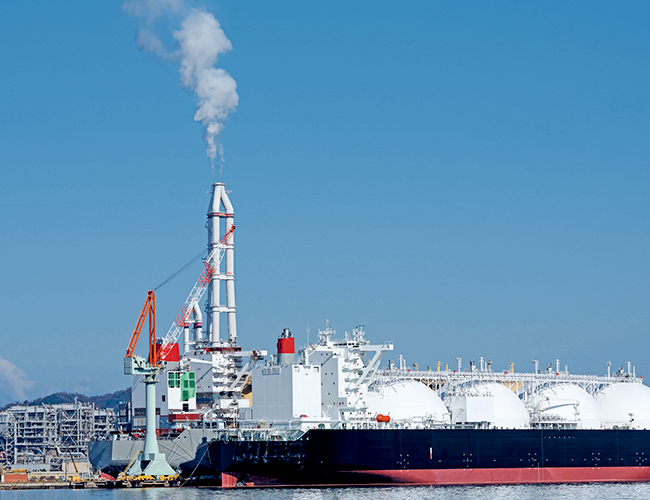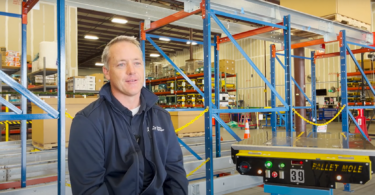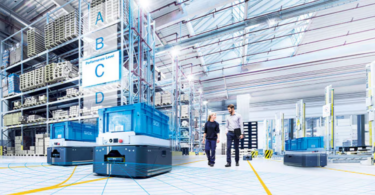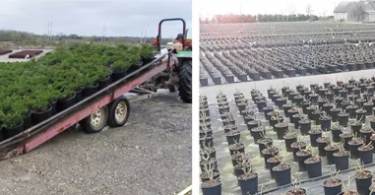Germany’s first liquefied natural gas terminal opens with emissions monitoring equipment from SICK.
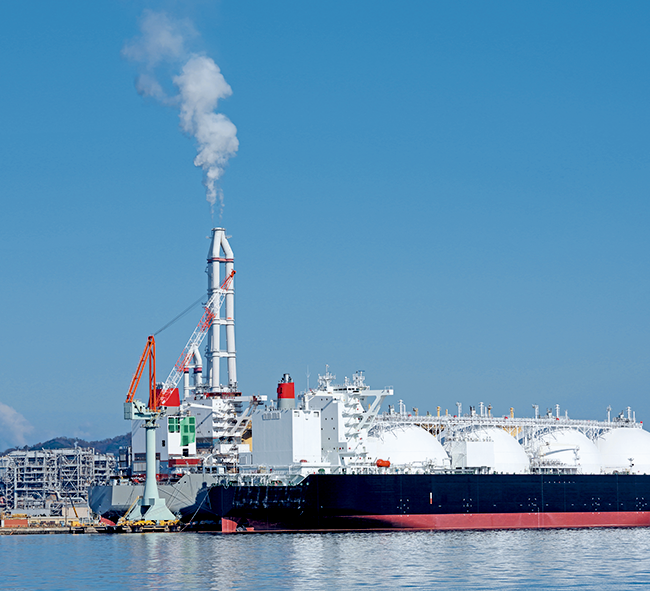
In 2022, liquified natural gas (LNG) became a hot commodity, and that means desperate times call for desperate measures. Literally. When Germany opened it’s first LNG terminal in Wilhelmshaven, it utilized a SICK system for measuring flue gas.
Since mid-December 2022, Germany has been operating its own liquefied natural gas (LNG) terminal in the form of the Höegh Esperanza, a ship docked in Wilhelmshaven. It is set to feed around five billion cubic meters of natural gas into the German gas grid every year. That amounts to roughly 6% of gas demand in Germany.
Reducing Dependence on Single Source Energy
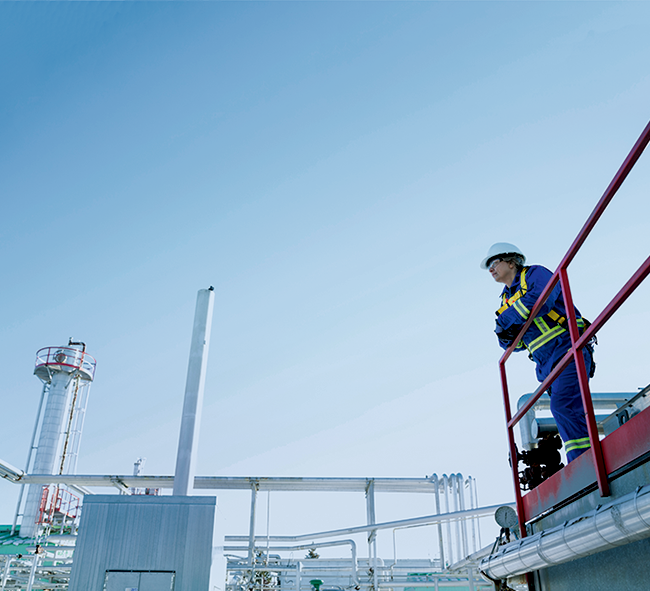
The federal government organized the Floating Storage & Regasification Unit (FSRU) within a short space of time as a means of rapidly reducing Germany’s dependence on single sources of energy, especially Russian gas. The Höegh Esperanza has been chartered for ten years to regasify the natural gas that is liquefied at –163 degrees Celsius for transportation on tankers.
On board the FSRU, steam is generated and used to heat the liquefied gas. Once it has reverted to its gaseous state, it is routed to the gas metering station, where it undergoes fiscal metering before being passed to the operator of the gas grid. The fact that SICK equipment is used for the fiscal metering of the gas delivered by the Höegh Esperanza will come as little surprise.
Measuring Emissions from Regasification Processes
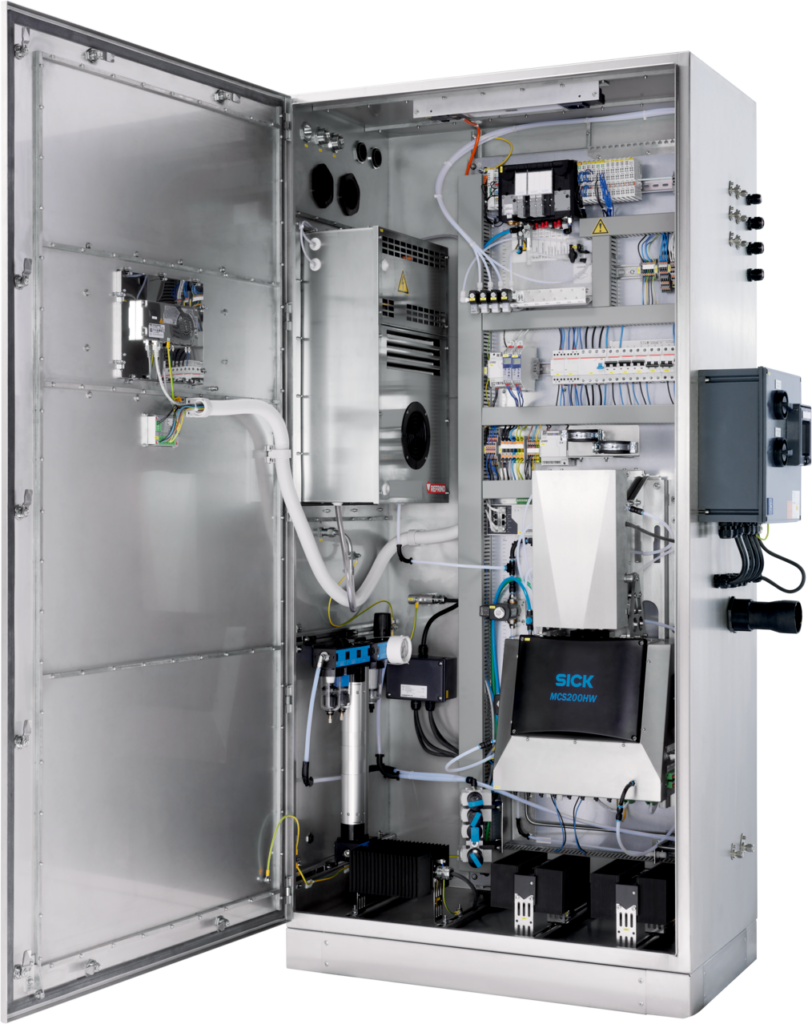
What is special about Germany’s first FSRU is that the emissions released by the regasification process are likewise measured with SICK technology.
“We have developed an entirely new technical system for this special application, which had not previously existed in this form,” said Markus Haas, Global Industry Manager for Energy & Outdoor Automation at SICK AG. “In addition to the special requirements on explosion prevention, German federal emissions legislation for large combustion plants applies to the ship instead of the requirements of the International Maritime Organization because it is in port for more than ten days.”
Simplifying the Complex
This is a challenging project, not only because of these requirements but also because of the multitude of international players involved, from the shipyard and the vessel’s owner to the authorities and various SICK offices in place such as South Korea, Japan, and Norway.
“This international approach and the coordination involved made the project extremely dynamic and complex,” said Anette Schultis, Head of International Project Expertise at SICK AG.
Due to the tricky situation surrounding the supply of gas, everything had to happen very quickly. The fact that SICK was in the right place at the right time was helped by the company having previously been in contact with Uniper, the operator of the terminal.
The first inquiries about emissions monitoring equipment for flue gases at liquefied natural gas terminals were made back in 2016. In 2019, SICK worked with the boiler manufacturer, engine manufacturer and emissions experts from SICK to draw up a plan for monitoring eight sampling sites on board an FSRU in accordance with emissions regulations.
“The system was commissioned in 2022. The installation of the flanges and other preparatory work took place in October 2022 while the Höegh Esper-anza was docked in Brest. The emissions measurement system is due to enter operations in May 2023,” Schultis said.
When SICK received Uniper’s inquiry for the Höegh Esperanza in spring 2022, these plans worked to its advantage, even though the ship naturally had completely different technical specifications.
“This preliminary work, our expertise and the fact that we have a suitable product in the MCS200HW all lent us the momentum needed to deliver our solution in good time,” Haas said.
The SICK emissions monitoring system will go into operation on the Hough Esperanza in May 2023 following the transition period for emissions monitoring.
Preparing for green gas
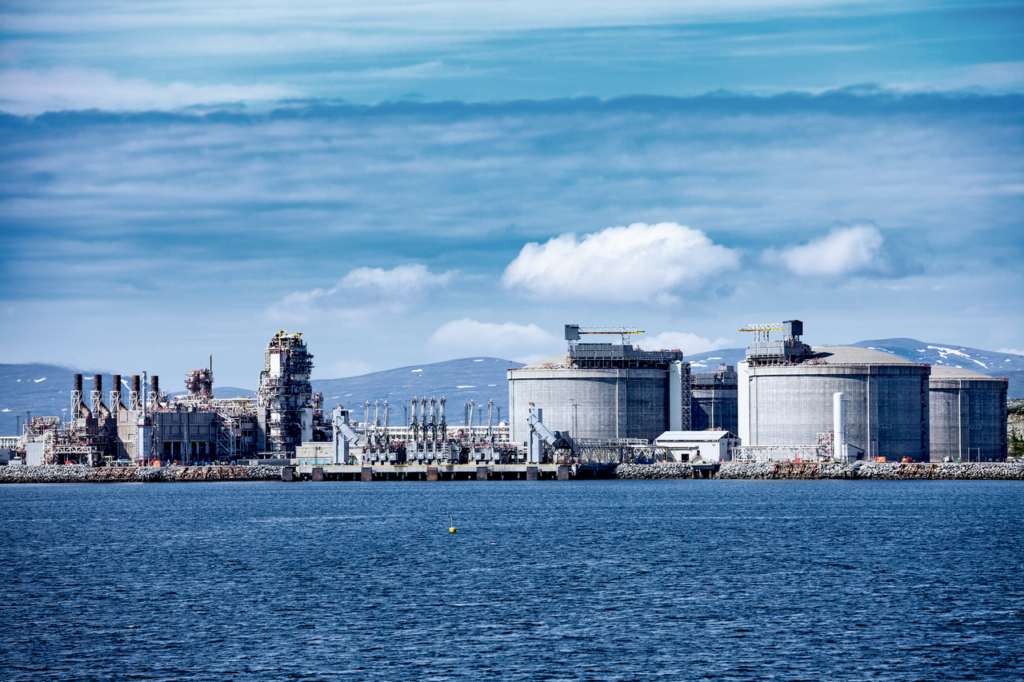
In the case of the Höegh Esperanza, a supply of natural gas was set up on short notice and a clean means of controlling emissions was implemented, LNG is still regarded as a transitional fuel as far as climate change mitigation is concerned. Consequently, it is to be ensured in the future that FSRUs are suitable for zero-carbon energy generation; for example, by regasifying liquid ammonia.
“The system requires only minor modifications to be used for ammonia further down the line,” Haas said.
This is an important aspect that makes the emissions monitoring system for the Höegh Esperanza a key project that will be very significant in showing what the way ahead will look like – and one with enormous potential. Additional FSRUs are planned for Germany, for example, in Lubmin, Stade and Brunsbüttel.


